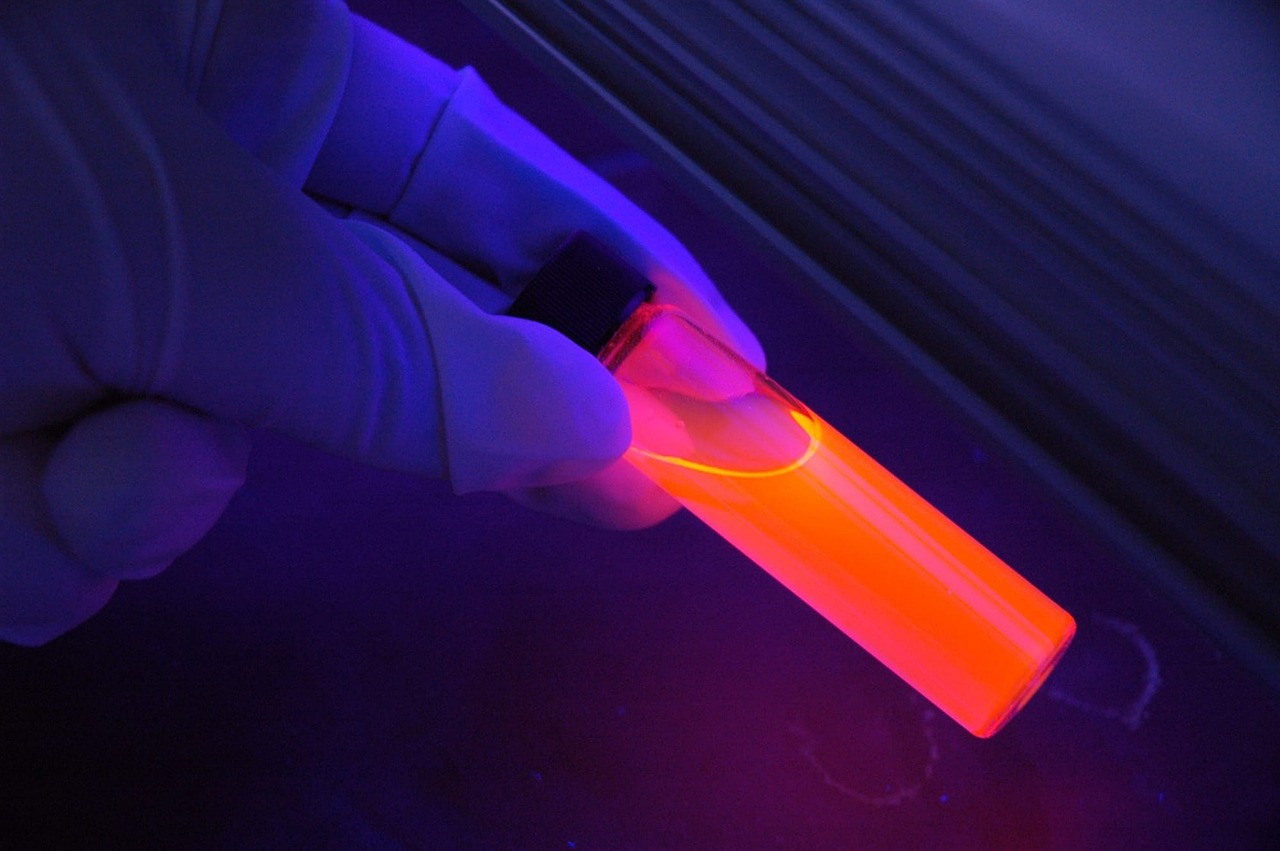The Role of Green Technology in Education
Implementing green technology in schools offers numerous advantages for both the environment and students. One key benefit is the reduction of carbon footprint through the use of energy-efficient systems, leading to cost savings on utility bills. This not only promotes sustainability but also teaches students the importance of responsible energy usage.
In addition, incorporating green technology can create a healthier and more conducive learning environment. For example, using natural light in classrooms not only reduces the reliance on artificial lighting but also has a positive impact on students’ well-being and concentration levels. Moreover, initiatives such as recycling programs and composting bins instill eco-conscious habits in students from a young age, fostering a sense of environmental stewardship.
Innovative Ways Green Technology Enhances Learning
Green technology has revolutionized the way students engage with educational material by offering interactive and immersive learning experiences. Virtual reality (VR) technology, for example, allows students to explore historical landmarks or experience scientific concepts in a hands-on manner. This innovative approach not only captivates students’ attention but also deepens their understanding of complex subjects.
Incorporating green technology such as energy-efficient computers and smartboards in classrooms not only reduces carbon footprint but also fosters a collaborative and dynamic learning environment. These tools enable students to engage in real-time discussions, interactive quizzes, and online research, enhancing their critical thinking and problem-solving skills. By integrating green technology into education, schools are equipping students with the necessary technological skills and environmental awareness to thrive in a sustainable future.
Case Studies of Successful Green Technology Integration in Education
In a primary school in California, solar panels were installed to power the classrooms and reduce the reliance on traditional energy sources. This implementation not only lowered the school’s electricity bills but also served as a valuable educational tool for students to learn about renewable energy and sustainability. The solar panels were integrated into the curriculum, allowing students to monitor energy production and consumption, promoting a greater understanding of environmental issues.
Another example of successful green technology integration can be seen in a high school in New York, where a green roof was installed to improve energy efficiency and provide outdoor learning spaces. The green roof not only reduced the building’s carbon footprint but also created a hands-on learning environment for students to study ecology, horticulture, and water conservation. This innovative approach not only enhanced the students’ academic experience but also fostered a sense of environmental stewardship and responsibility within the school community.
What are the benefits of implementing green technology in schools?
Implementing green technology in schools can lead to cost savings on energy bills, reduce carbon footprint, provide hands-on learning opportunities for students, and promote environmental stewardship.
How does green technology enhance learning in innovative ways?
Green technology enhances learning by providing real-world examples of sustainability, engaging students in hands-on projects, fostering critical thinking about environmental issues, and encouraging collaboration among students and teachers.
Can you provide some case studies of successful green technology integration in education?
Sure! Some examples include schools using solar panels to generate electricity, implementing energy-efficient lighting and heating systems, creating school gardens for hands-on learning about agriculture and sustainability, and incorporating recycling programs into the curriculum.







